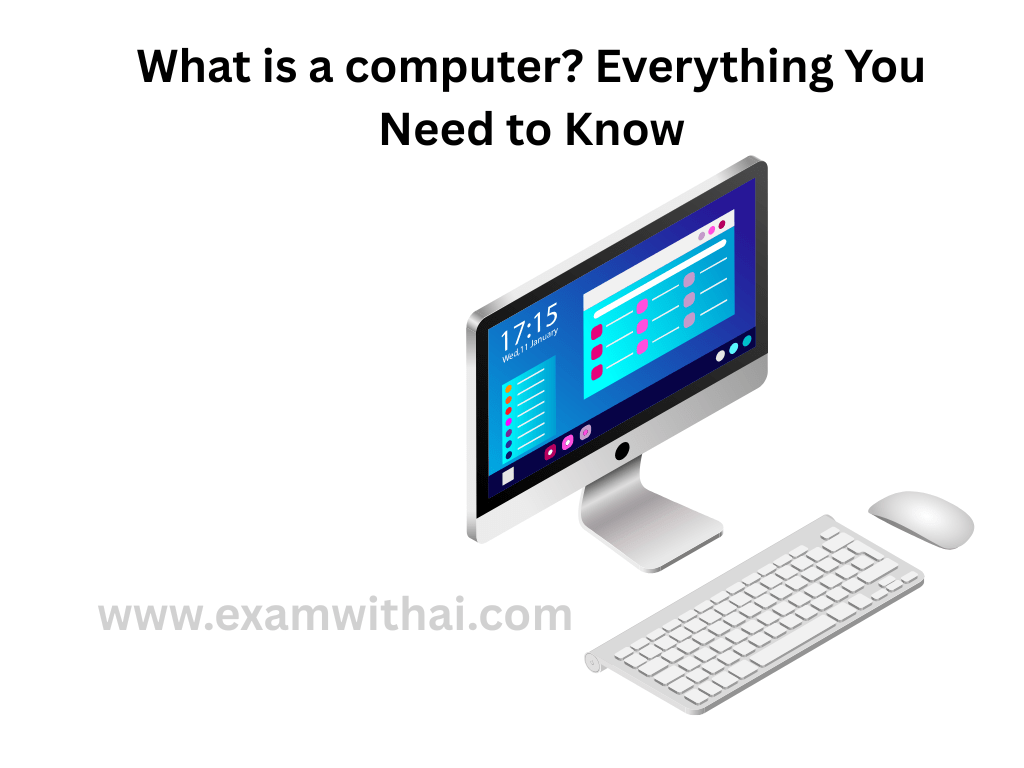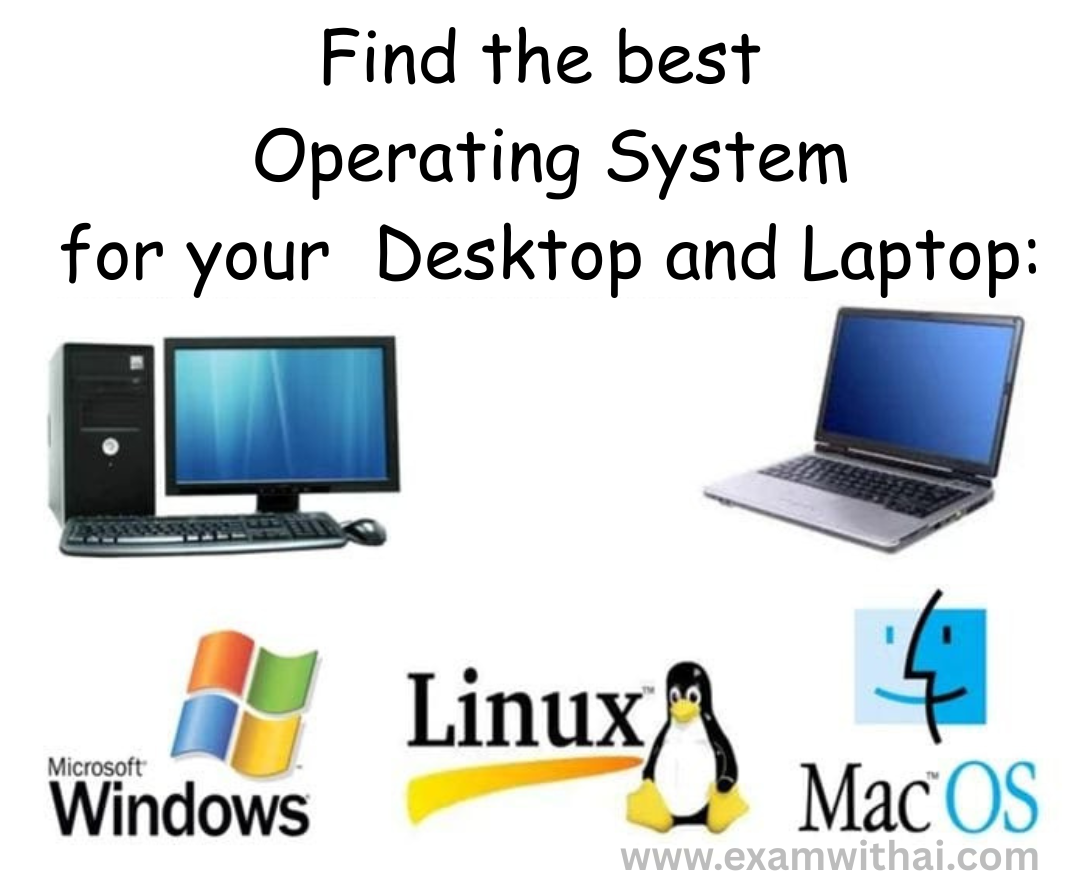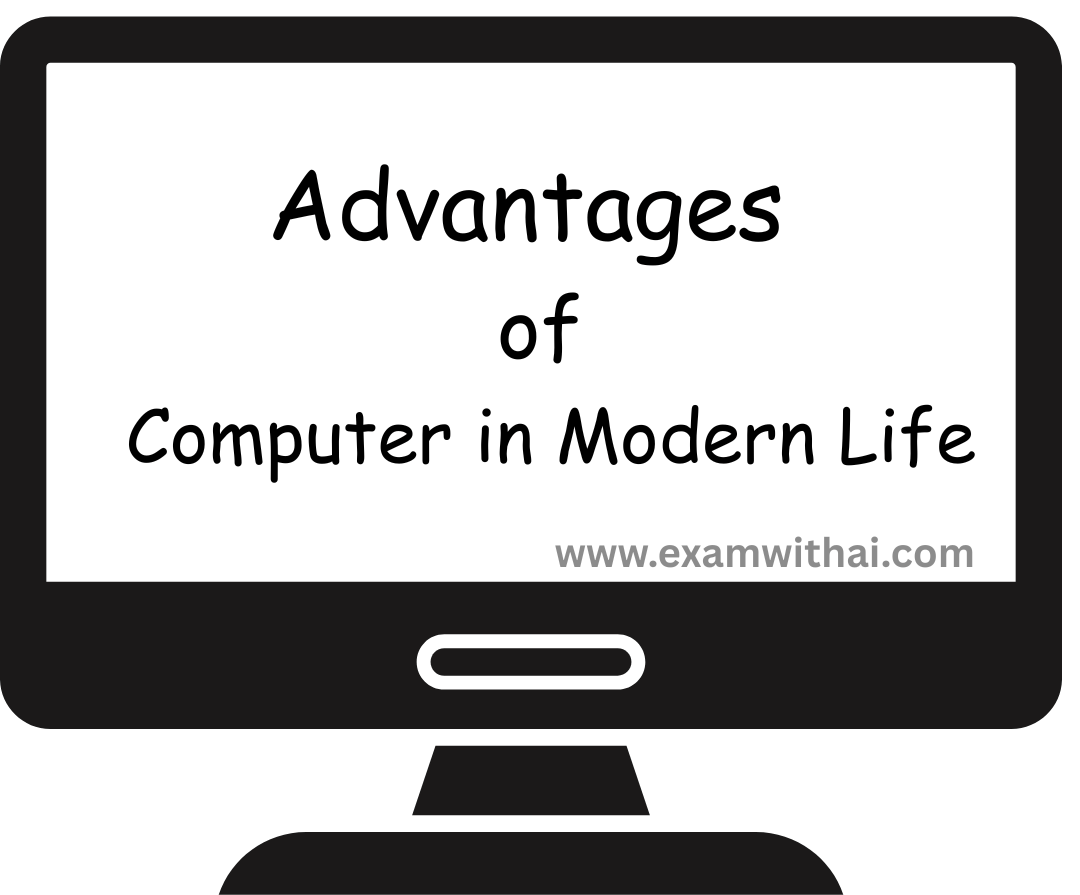History of OS: Old to Modern Tech
- What is OS ?
- Early Days: The Pre-OS Era (1940s – 1950s)
- The Birth of Operating Systems: Early Systems (1950s):
- The Rise of Multitasking and Multiprogramming (1960s):
- Personal Computing Revolution (1970s – 1980s):
- The Personal Computer Era (1980s – 1990s)
- Windows: Microsoft’s Move into the OS Market
- Modern Operating Systems (2000s – Present)
- SUMMARY:
What is OS ?
All other programs require an operating system (OS) in order to launch, and the OS serves as an interface between the user and the machine. It is software that offers the user interface and regulates the internal operations of the computer hardware. When the power is switched on, it is the first software that is loaded into the computer’s memory and gives the machine a genuine start. Windows XP, Windows 10, LINUX, and UNIX are all widely used operating systems.
Early Days: The Pre-OS Era (1940s – 1950s)
There were no OS in the early days of computers. Computers were big, intricate devices that were manually operated. By creating instructions in assembly language or machine code, programmers spoke directly with the hardware.
ENIAC (Electronic Numerical Integrator and Computer):
- One of the earliest general-purpose computers, it was created in 1945 but lacked an operating system.
- Programs were successively loaded after being manually typed onto punch cards.
- Computers were ineffective and prone to errors due to a lack of automation and job management. More methodical approaches to computer control and operation become necessary as a result of this circumstance.
The Birth of Operating Systems: Early Systems (1950s):
The Concept of an OS
- Batch processing appeared in the middle of the 1950s as computers got more sophisticated and needed to perform more jobs.
- Jobs or tasks were gathered together and handled in a batch-processing system in a sequential manner without the involvement of a person.
- Automating tasks and increasing productivity were the main goals of early operating systems.
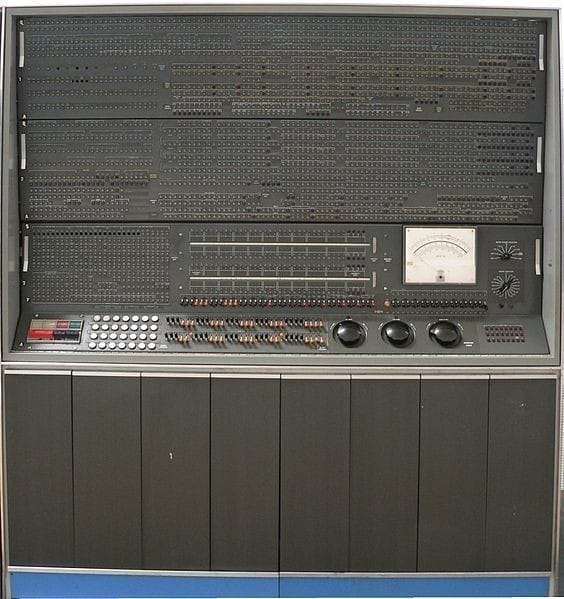
IBM 701 (1952): IBM introduced its first general-purpose computer system, and it came with a simple form of operating system known as IBM’s 701 Monitor. This was essentially an early batch processing system.
GM-NAA I/O (1956): For their IBM 704 computer, General Motors created the GM-NAA I/O, which is regarded as one of the earliest real operating systems. It was easy to use and made automatic task scheduling possible.
Early Batch Processing: The primary goal of operating systems in the 1950s was to increase productivity by enabling computers to do several tasks simultaneously and cutting down on idle time. The OS would oversee and carry out these actions in batches once users submitted their jobs.
MIT’s Whirlwind (1951): One noteworthy early system was MIT’s Whirlwind, which was created for real-time computing. It was created to manage radar applications’ real-time processing.
The Rise of Multitasking and Multiprogramming (1960s):
With the introduction of multitasking and multiprogramming in the 1960s, operating systems underwent a significant change. These ideas made it possible for several jobs or applications to operate simultaneously, increasing productivity and resource usage.
CTSS (Compatible Time-Sharing System):
- CTSS, one of the earliest time-sharing operating systems, was created at MIT in 1961.
- By granting each user a time slice to do their duties, it made it possible for several people to share a single computer at once. One of the first examples of a time-sharing system is CTSS.
Multics (1964):
- MIT, General Electric, and Bell Labs collaborated to create Multics (Multiplexed Information and Computing Service), one of the most significant operating systems of the 1960s.
- It sought to offer dependability, security, and support for many users.
- It brought numerous revolutionary ideas, like as virtual memory, hierarchical file systems, and sophisticated multitasking, even though it was never extensively used.
Mainframe Era
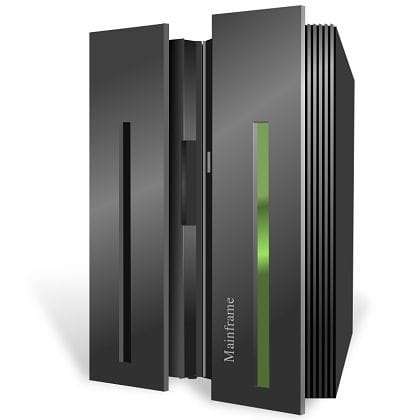
- The market for mainframes was controlled by IBM in the 1960s, and the operating systems for these computers were getting increasingly complex.
- One of the most significant innovations of the time was IBM’s OS/360, which had a number of capabilities such virtual memory, work scheduling, and batch processing.
OS/360 (1964): One significant advancement in mainframe operating systems was IBM’s OS/360. It could operate on many hardware platforms from IBM’s product range and supported both interactive user tasks and batch processing.
Personal Computing Revolution (1970s – 1980s):
The Microprocessor and Personal Computers–
In the 1970s, personal computing started to gain popularity with the introduction of the microprocessor. Operating systems created especially for personal computers—which were more compact, less expensive, and geared toward individual users—were developed during this time.
CP/M (1974): Created by Gary Kildal, Control Program for Microcomputers (CP/M) was one of the first operating systems designed for personal computers. It became very popular on early microcomputers and is considered a precursor to many later OSes.
Apple II and DOS: One of the first personal computers with an operating system was the Apple II (1977), which Steve Jobs and Steve Wozniak unveiled. It made use of a CP/M-based version of Apple DOS.
The Rise of UNIX
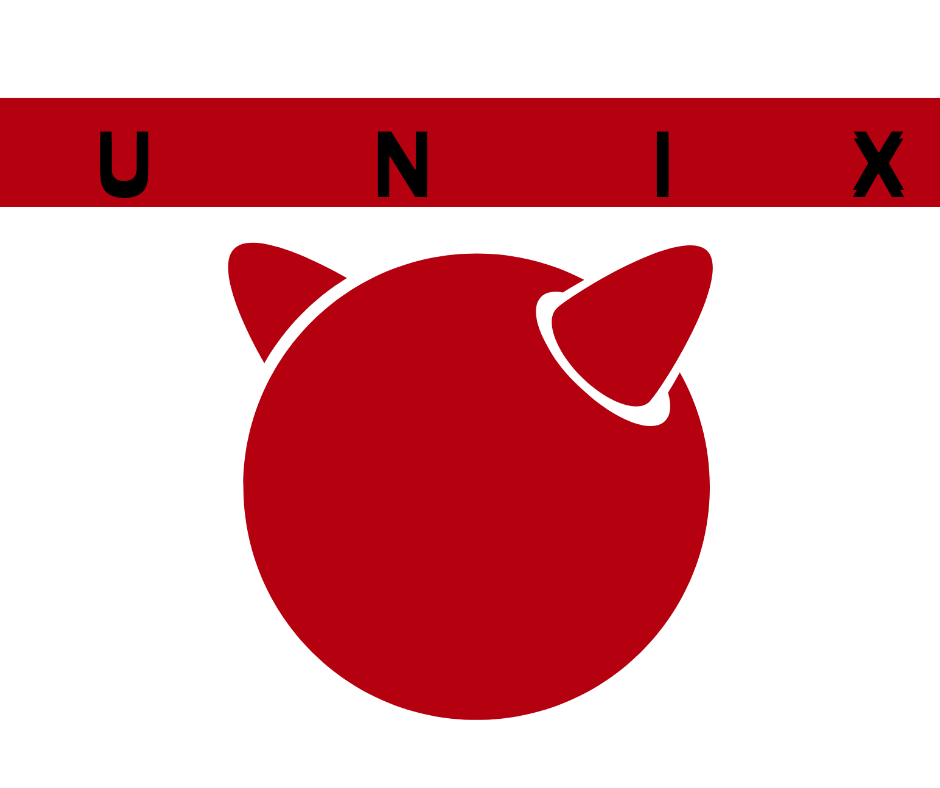

- The development of UNIX was one of the most important advancements in operating system history during this time.
- UNIX (1969): Dennis Ritchie and Ken Thompson worked at AT&T’s Bell Labs to create UNIX. Initially intended as a basic, multi-user system for the PDP-7 computer, its popularity expanded rapidly.
- Because UNIX was designed to be portable (able to run on multiple hardware), multi-tasking, and multi-user, it was revolutionary. It was quite versatile since it supported programming languages like C and featured a hierarchical file system.
- UNIX became a widely used operating system for both academic and commercial uses by the late 1970s and early 1980s, when it had expanded to universities, research facilities, and businesses.
- UNIX was developed in a number of variants, including System V and Berkeley Software Distribution (BSD).
The Personal Computer Era (1980s – 1990s)
The Birth of GUI and the IBM PC
As the market for personal computers grew rapidly in the 1980s, graphical user interfaces (GUIs) gained popularity and altered how users interacted with operating systems.
MS-DOS (1981): In the 1980s, Microsoft’s MS-DOS was the most popular operating system for personal computers that were compatible with IBM.

Although it was an operating system with a command-line interface, it set the stage for later graphical operating systems.
Macintosh and System Software: In 1984, Apple introduced the Macintosh with a graphical user interface. The OS was Mac OS, and it introduced many users to graphical desktops with icons and windows, changing how people interacted with computers.
Windows: Microsoft’s Move into the OS Market
Microsoft released Windows 1.0, a graphical add-on for MS-DOS, in 1985. Windows emerged as the most popular personal computer operating system throughout time.
Windows 95 (1995): With a more integrated user interface, Windows 95 was a revolutionary operating system that brought together the greatest features of Windows 3.x and MS-DOS. It had networking, plug-and-play hardware, and compatibility for 32-bit software.
Modern Operating Systems (2000s – Present)
The Mobile Revolution
With the advent of smartphones and tablets in the 2000s, a new class of operating systems created especially for mobile devices was established.
iOS (2007): When Apple released the first iPhone, it unveiled iOS. iOS offered a touch-friendly, user-friendly interface for cellphones and was based on the Unix-like Mac OS X. It served as the basis for every Apple mobile device.
Android (2008): The most popular mobile operating system is Google’s Linux-based Android OS. It is open-source and compatible with a large range of gadgets, including smartphones, tablets, and smartwatches.
The Rise of Linux
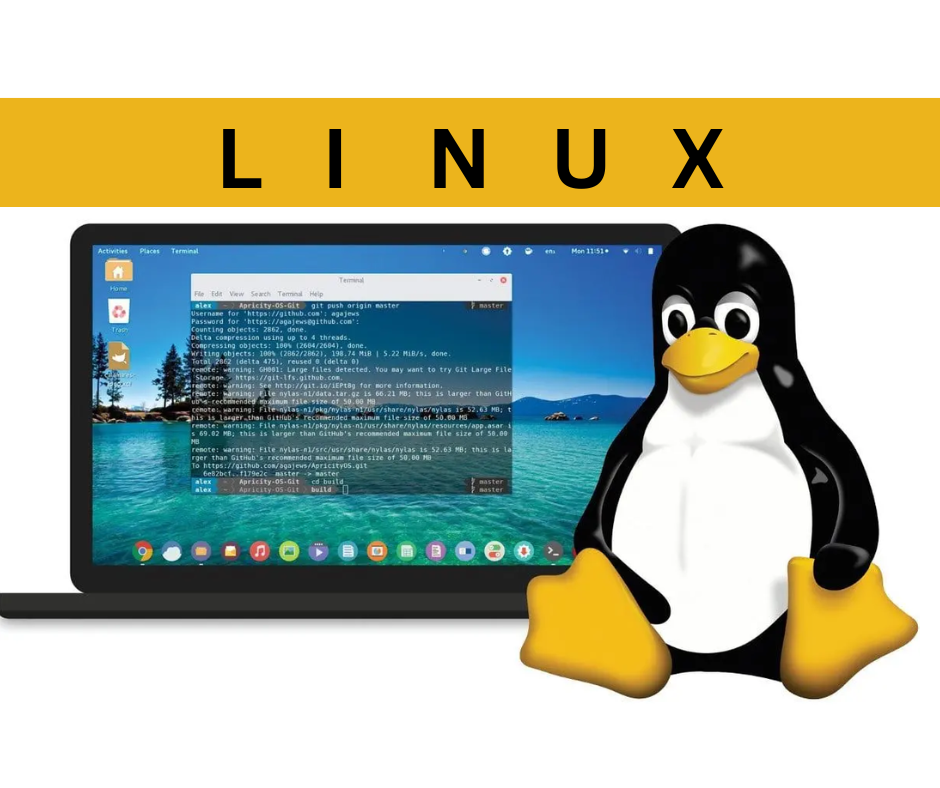
- Although Linus Torvalds developed Linux in 1991, it became a popular open-source, free substitute for proprietary operating systems in the 2000s.
- Linux is widely used in embedded devices and server contexts. It also comes in desktop variants like Fedora, Ubuntu, and Debian.
- Ubuntu: Ubuntu, one of the most widely used desktop Linux variants, prioritized community support and simplicity of use to make Linux more approachable for regular people.
Also Read:
History of Computer
What is Best OS for mobile and tablet
Cloud and Virtualization
- New operating system techniques were brought about by cloud computing and virtualization technologies in the 2010s and beyond.
- Cloud operating systems and virtualized environments, in which users interact with a distributed system of servers rather than a single workstation, have become more common.
- Operating system virtualization is made possible by hypervisors (such as VMware, Hyper-V, and KVM), which let several virtual machines run on a single piece of real hardware.
SUMMARY:
With the introduction of operating systems such as Microsoft Windows OS X and Apple’s Macintosh System Software in the 1980s, as well as a graphical user interface (GUI), personal computers were more widely available to the general population. GUIs gained even more traction with Microsoft’s Windows, which developed from a basic interface overlay to a full-featured operating system. Operating systems have evolved to meet user needs and new technology in recent decades. Touch interfaces and app ecosystems are key features of mobile operating systems like iOS and Android, which have dominated the smartphone industry.


